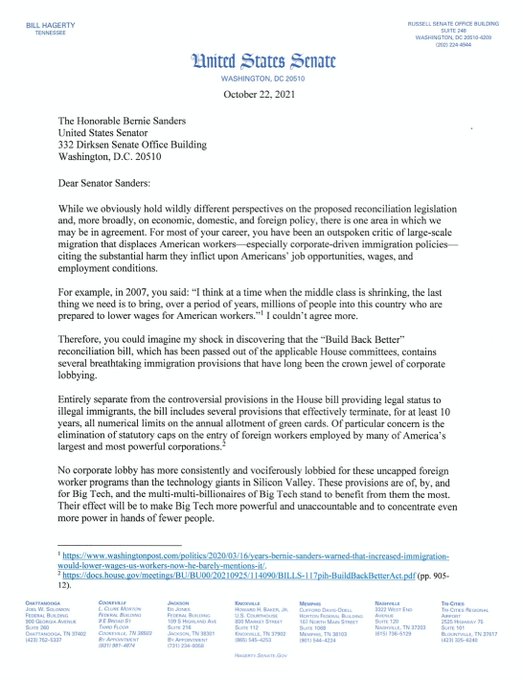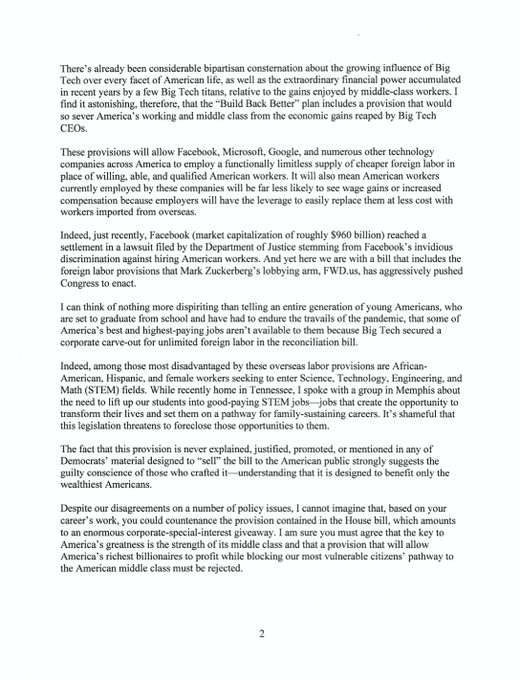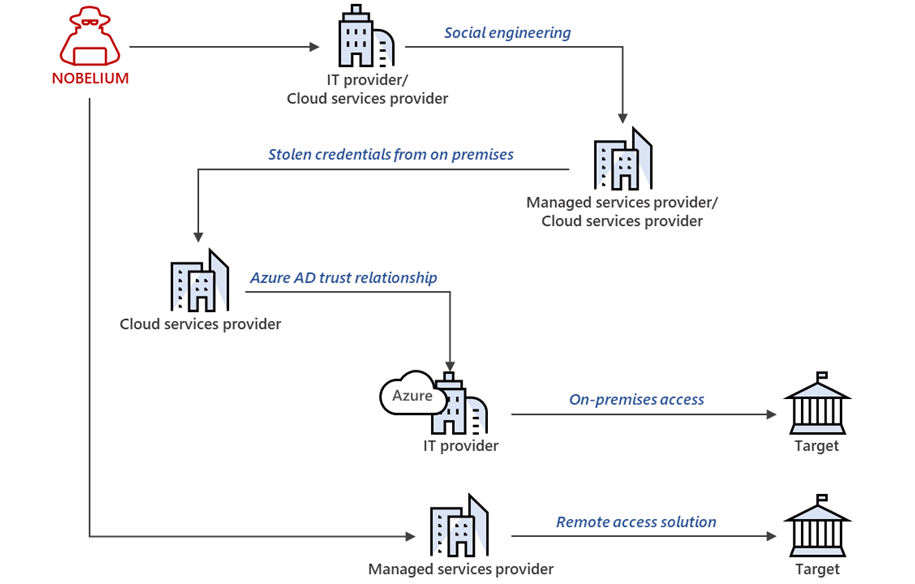Government Jobs for Everyone….consider this –>
Modern Monetary Theory (MMT) is a heterodox macroeconomic framework that says monetarily sovereign countries like the U.S., U.K., Japan, and Canada, which spend, tax, and borrow in a fiat currency that they fully control, are not operationally constrained by revenues when it comes to federal government spending. MMT was pioneered by American economist and theorist Warren Mosler in 1992, along with Bill Mitchell, a university professor based in Australia and a key developer of the theory.

AIER: Modern Monetary Theory (MMT) offers some unconventional policy recommendations based on the United States’ monetary sovereignty. MMT proponents also advocate government guaranteed jobs paying a living wage for all Americans. What would be the consequences of such a guarantee?
The Public Service Employment program detailed in a 2018 paper from the Levy Economics Institute would be funded by Washington and administered by states. It would offer full and part-time jobs paying $15 per hour plus benefits. The program’s spending would be mandatory, like other entitlement programs. The jobs would “provide public services in nonprofit community organizations, public schools, and state and local governments.”
The program could accomplish three distinct ends. The first is stabilizing aggregate demand during economic downturns. The second is instituting work-relief in place of cash assistance. The third is implementing a “living wage” for all Americans.
When the economy slips into recession, businesses lay off some workers and cut others’ wages. Reductions in these workers’ spending produce second-round (and third-round) effects: landlords, for example, cut back their spending after not receiving rent. Many economists support macroeconomic stabilization.
Stabilization works much better when automatic. Discretionary stabilization spending, like 2009’s American Recovery and Reinvestment Act, can take months to enact. Laid off workers can start a guaranteed government job immediately.
Today unemployed workers receive cash assistance. While I do not advocate government make-work jobs, work-relief has two advantages over cash assistance. First, work requirements effectively control fraud, as revealed by the 1990s welfare reforms. People working while on the welfare rolls never showed up for mandatory job training.
Work-relief also denies recipients the leisure of staying home. People will compare the full value of their options. Suppose a person values the freedom of not working at $30,000 a year. If they also receive $10,000, only a $20 per hour job matches the full value of the cash assistance.
The MMT jobs program also implements a living wage providing a “just” level of compensation. Economics shows how workers in a competitive labor market get paid the value they create for businesses. The “problem” of low wages is then inadequate job skills.
The living wage is redistribution disguised as work. Market wages and salaries are not charity; the prices customers willingly pay for goods and services cover workers’ pay. Market-based salaries come entirely from voluntary payment and workers earn their pay by helping produce goods and services.
Guaranteed jobs effectively set a minimum wage because few Americans will work for businesses offering worse compensation packages (wages and benefits). Government jobs would be far more effective in assisting low-wage workers because a minimum wage ends up pricing many out of the labor market altogether.
Government jobs paying $15 an hour plus benefits would likely cost $40,000 per job annually. MMT proponents project 15 million government jobs would be needed even when the economy is strong. MMT can advocate such a budget-busting program because in its view monetary sovereignty renders Federal spending costless under most circumstances.
The biggest potential problem with the jobs guarantee, even at a lower wage, is whether people will have to work. What exactly is a government “guaranteed job?” The term job suggests a person must work satisfactorily or be fired. The guarantee suggests anyone fired must then be given another position.
Government guaranteed no-show jobs would blow up the labor market. If you had a “job” paying $30,000 plus benefits not requiring work, how much would you need to be paid to take a real job? Guaranteed $15 per hour no-show jobs would effectively be a $30 or $40 per hour minimum wage.
The United States is prosperous because we produce goods and services people want in large quantities. Yet production requires real work, not government make-work jobs. By diverting millions out of productive private sector jobs, the MMT jobs guarantee seems guaranteed to impoverish America.







 . There are even beagle puppy farms….
. There are even beagle puppy farms….